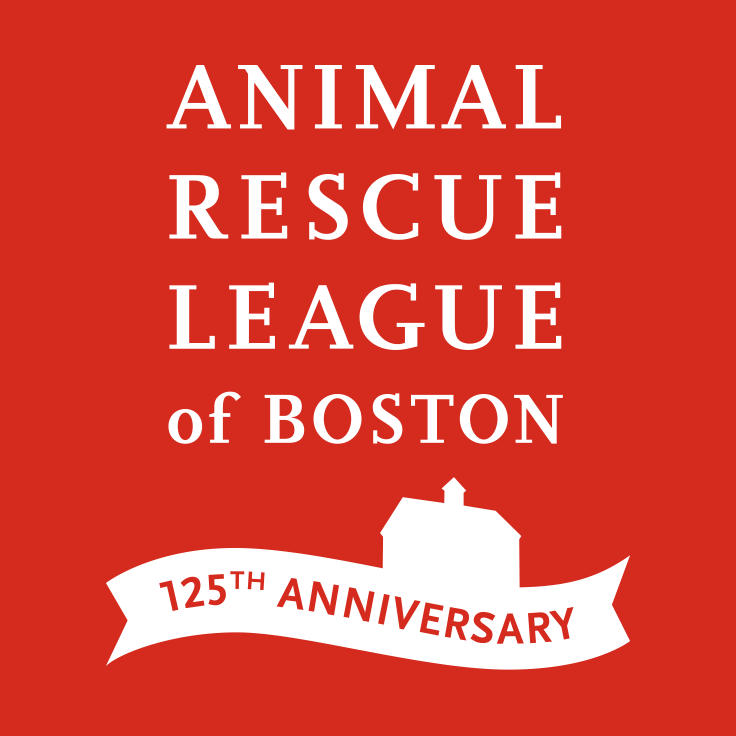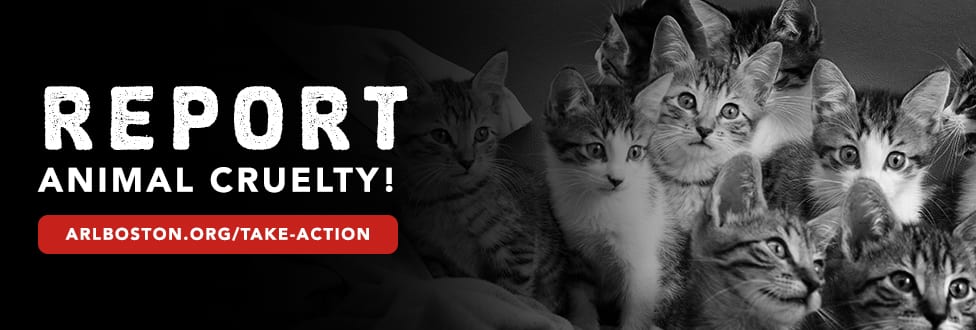4 Main Characteristics of Animal Hoarding
ARL reminds you: if you SEE SOMETHING, SAY SOMETHING!
As National Animal Safety and Protection Month comes to an end, the ARL reminds our supporters how to identify animal hoarding and the steps you can take to help prevent animals from future harm.
Animal hoarding is a serious, yet under-recognized community problem in Massachusetts that is responsible for substantial animal suffering. Often associated with adult self-neglect and/or mental illness, animal hoarding can also place children, the elderly, dependent adults, property, and public health at risk.
While the 7 subtle warning signs of animal cruelty could indicate animal mistreatment, neglect, or abuse, animal hoarding is defined by these 4 main characteristics:
1. Failure to provide minimal standards of sanitation, space, nutrition, and veterinary care for animals.
According to Lt. Alan Borgal, director of law enforcement at the ARL, “animals suffer mostly from lack veterinary care, spay or neutering, poor nutrition, and no access to adequate clean water. As a result, they are often infested with external parasites like fleas while competing for food and attention.”
2. Inability to recognize the effects of this failure on the welfare of the animals, humans in the household, and environment.
“Children, the elderly, and the handicapped are also subject to and unable to escape from these unsanitary and abusive conditions,” explains Dr. Gary Patronek, founder of the Hoarding of Animals Research Consortium. “The hoarder fails to see the harmful health effects that living in an ammonia-rich and parasite infested environment causes themselves and others.”
3. Obsessive attempts to accumulate/maintain a collection of animals in the face of progressively deteriorating conditions.
“We typically encounter cases where the hoarding involves more objects than animals. The result is cluttered and unsanitary living spaces; the kitchen and the bathroom are the first to go.,” describes Lt. Borgal.
4. Denial or minimization of problems and living conditions for people and animals.
“In many cases, the hoarder is completely unaware of the situation,” shares Dr. Gary Patronek, “which is why we believe that there is a strong link between psychological disorders and animal hoarding.”

IF YOU SEE SOMETHING, SAY SOMETHING… To your local authorities about concerns you have about animals in distress; to friends, families, and colleagues to raise awareness about the serious issue of animal hoarding; to Massachusetts elected officials to urge them to pay attention to this urgent community issue!
Only 2 days left to help prevent animals from future harm!
Although ARL’s law enforcement department is often called upon to assist local authorities and municipalities with a variety of animal protection issues, such as hoarding, it receives no government funding to provide this kind of assistance to animals in need. This important work is only made possible with YOUR support!
An anonymous donor who has a strong belief in caring for and protecting animals has challenged us to triple a $5,000 donation and raise $15,000 before the end of October to support the ARL’s law enforcement team. All donations to ARL’s Cruelty Prevention fund drive will help pay for the on-going efforts of our law enforcement team to provide animals in need with assistance.
As a SPECIAL THANK YOU from WBZ 1030 News Radio… Donate $100 or more by midnight TODAY, Friday, October 30 and you will automatically be entered to win a $50 gift card to The Outlook Restaurant & Lounge in Nashoba Valley, MA.!
Click here or on the DONATE button below to make a donation to the ARL’s Cruelty Prevention Fund Drive.
VERY SPECIAL THANKS to our anonymous challenge donor, WBZ 1030 News Radio, and everyone who has made a donation to support animals in need during the ARL’s Cruelty Prevention fund drive!


